How can Mindfulness help in a pandemic?
Times are tough – and it’s understandable if you feel a little wobbly. I wanted to share some thoughts on how Mindfulness & Compassion can help during the pandemic. It might surprise you.
In the face of difficulty we can react in different ways. At times we might hide under the duvet - exhausted and overwhelmed, or perhaps we soldier on but notice we’re tense and snappy with the kids. Sometimes we’re just a bit numb, not sure what we’re feeling – reaching for the biscuit tin and a dose of Netflix to distract us. Sound familiar? The pandemic has brought the uncertainty of life centre stage (it has always been thus, but right now it’s more obvious) – and as humans we don’t generally like uncertainty – so it’s no wonder we might be struggling.
The basic situation we’re in is already challenging, and yet the way our brains work doesn’t always help. Our minds tend to run with storylines and strategies that escalate our distress. Perhaps we get caught up in blaming others (why don’t people just follow the rules) or we play down our own suffering by comparing ourselves (they’re so much worse off than me, mustn’t complain) - or perhaps we blame ourselves for not coping better. All of this is very much part of being human, our minds have evolved this way and we don’t have to feel bad about it. But there is something we can do…
With Mindfulness & Compassion we can begin to train the mind to ‘get on side’ - interrupting this spiral of unhelpful proliferation. The first step is that we just learn to find some stability by anchoring attention in the breathing body. This tends to bring some clarity, like when the silt settles in a lake. Paying attention to the natural breath is calming and will often help you feel soothed and settled.*
Through Mindfulness training we can begin to tenderly ‘turn towards’ what we’re actually experiencing in this moment - rather than our thoughts about it. Dropping out of the storm and into a direct, felt-sense of what’s happening right now in the body. If it’s unpleasant, it’s a case of leaning in, gently – and offering yourself support & warmth in the process - self-compassion is key. Whilst we do this we can ‘breathe with’ any pain, tension or difficult emotions – allowing softening and perhaps release. We may get pulled straight back into unhelpful thoughts, but we just notice that and drop down into our present-moment experience once again, probably many times, easing up around judging ourselves.
This is a practice, which means it’s a bit like learning to ride a bike or play a musical instrument. You don’t worry about ‘clearing your mind’ - this isn’t what mindfulness is about - you simply keep practising, noticing your experience just as it is. Some guidance helps of course, as does practising with the support of a group.
It takes some courage, especially when your experience is painful, but then the practice itself strengthens and increases courage. Over time more space opens up meaning you’re more likely to respond with more fluidity and kindness to whatever comes your way. Surprisingly perhaps, this way of coming into closer relationship with our direct, embodied experience can feel like a relief. Perhaps we find things are less hard-edged than we thought - more fluid. It’s always more manageable than being caught in the whole storm.
* If focussing on the breath makes you feel more agitated, then you can choose to focus attention on your feet contacting the ground, or on the sights and sounds around you.
